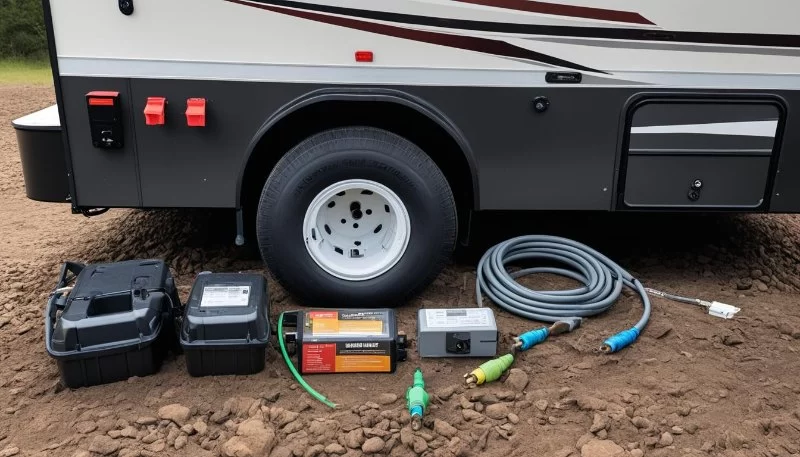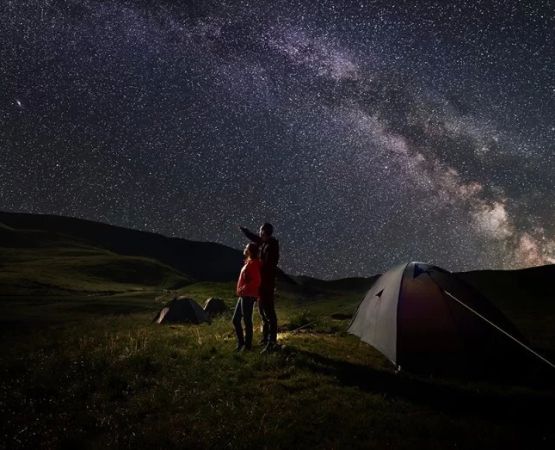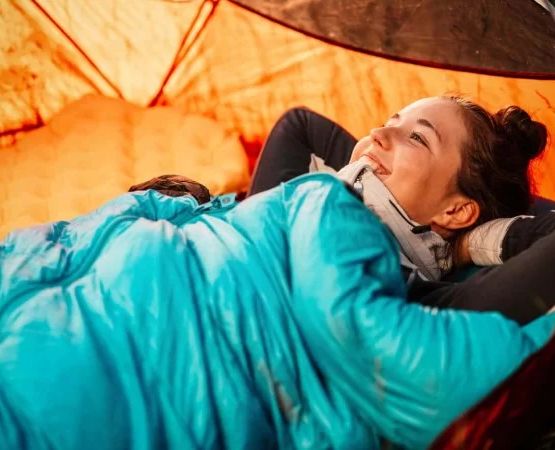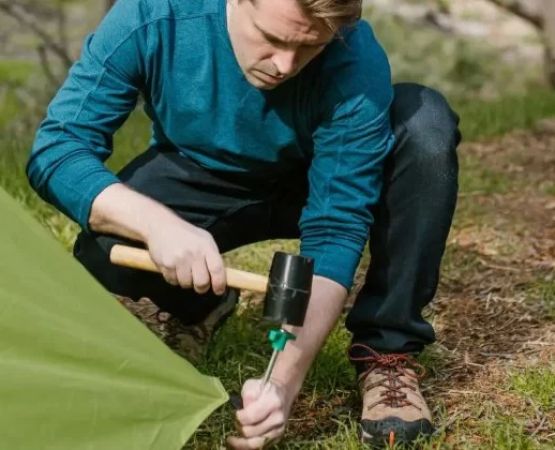- the-ultimate-guide-to-rv-electrical-hookups - Understanding RV Electrical Hookups
- types-of-rv-electrical-connections - 30-Amp vs. 50-Amp vs. 15-Amp Explained
- how-to-safely-connect-your-rv-to-a-power-source - Step-by-Step Setup Instructions
- what-equipment-you-need-for-an-rv-electrical-setup - Tools, Cords, and Safety Gear
- common-mistakes-to-avoid-during-hookup - Electrical Errors That Can Ruin Your Trip
- rv-hookup-case-study-at-pine-cliff-resort - A Real Story from the Campground
1. The Ultimate Guide to RV Electrical Hookups – Understanding the Basics
When you're traveling in an RV, one of the most crucial parts of your setup is getting your electrical connection right. Whether you're a first-time camper or a seasoned road-tripper, understanding how RV electrical hookups work can save you from outages, damage, or even danger. This guide breaks it down simply—no technical jargon, just practical advice for safe and efficient RV living.
Having a solid grasp on your electrical system doesn’t just help with running your lights, AC, or refrigerator—it’s also key to protecting your appliances from voltage drops and surges. And when you're staying at a place like Pine Cliff Resort, where modern hookups meet nature, the experience can be both luxurious and hassle-free—if you’re prepared.
2. Types of RV Electrical Connections – 30-Amp vs. 50-Amp vs. 15-Amp Explained
RV hookups are not one-size-fits-all. You’ll most commonly come across three types of outlets at campgrounds or RV parks. Knowing which one your RV uses is the first step in a smooth setup.
2.1 30-Amp Service
This is the most common type for mid-sized RVs. It delivers 120 volts and supports up to 3,600 watts. Great for powering one AC unit, microwave, and other essentials—but don't overload it.
2.2 50-Amp Service
Large RVs with multiple air conditioners and heavy appliances need 50-amp hookups. This service provides 240 volts and up to 12,000 watts—ideal for luxury setups but requires a matching plug and breaker.
2.3 15/20-Amp Standard Outlet
More like a household outlet, these are okay for emergency use or light loads but not reliable for full-time RV living. Use with caution and appropriate adapters.
3. How to Safely Connect Your RV to a Power Source – Step-by-Step Setup Instructions
Hooking up your RV isn't complicated—but doing it wrong can be dangerous. Here’s how to connect your RV like a pro:
3.1 Step 1: Turn Off Everything
Before plugging in, switch off the main breaker on your RV’s electrical panel. This prevents surges from damaging electronics during connection.
3.2 Step 2: Inspect the Pedestal
Check the campground power source for signs of wear, burn marks, or damage. If anything looks off, notify the site manager—don’t take chances with power.
3.3 Step 3: Plug In and Flip the Breaker
Plug your RV power cord into the appropriate outlet. Then turn on the campground pedestal breaker. Only after the hookup is live, turn on your RV’s main breaker and appliances one by one.
4. What Equipment You Need for an RV Electrical Setup – Tools, Cords, and Safety Gear
To ensure you're ready for any electrical situation, make sure you’re carrying these essentials:
4.1 Heavy-Duty RV Power Cord
Rated for your amp type (30 or 50), these cords connect your RV to the pedestal. Length matters too—go for 25-50 feet for flexibility in different campgrounds.
4.2 Surge Protector
A surge protector protects your RV from voltage spikes, bad wiring, or power surges from the pedestal. Consider models with EMS (Electrical Management System) features for extra protection.
4.3 Adapters and Dogbones
Sometimes your plug won’t match the outlet. “Dogbone” adapters convert 50 to 30 amps or vice versa. A 15-amp adapter is also handy for trickle-charging at home.
4.4 Voltage Monitor or EMS Display
These tools show you real-time voltage readings, helping you spot low-voltage conditions that could harm your RV’s electrical system.
5. Common Mistakes to Avoid During Hookup – Electrical Errors That Can Ruin Your Trip
Even experienced RVers can make rookie mistakes. Here are a few to dodge:
5.1 Forgetting to Turn Off the Breakers
Always turn off both the pedestal and RV breakers before connecting or disconnecting. Plugging into a live circuit can cause sparks or surges.
5.2 Using Underrated Extension Cords
Never use a household extension cord for your RV. They’re not designed for high loads and can overheat, melt, or start fires.
5.3 Skipping the Surge Protector
It may seem optional, but one power surge could fry your fridge, AC, and converter. A surge protector pays for itself in one incident.
6. RV Hookup Case Study at Pine Cliff Resort – A Real Story from the Campground
At Pine Cliff Resort, RVers often arrive with varying levels of experience. Last summer, a family from Minnesota had their first big RV trip—and they plugged directly into the 50-amp pedestal without using a surge protector. A power dip from a nearby lightning storm knocked out their air conditioner and TV within hours.
Fortunately, the resort’s maintenance team helped them switch to a different pedestal and suggested proper protective gear. By the next day, they had purchased an EMS system and upgraded their setup. “It was a tough lesson, but we’re grateful for the help,” they said. Now, they return annually—better prepared and still telling that story to new campers.
Whether you're a first-timer or a full-time RVer, Pine Cliff Resort supports safe, stress-free electrical setups so you can focus on what matters: enjoying the open road and the nature around you.







